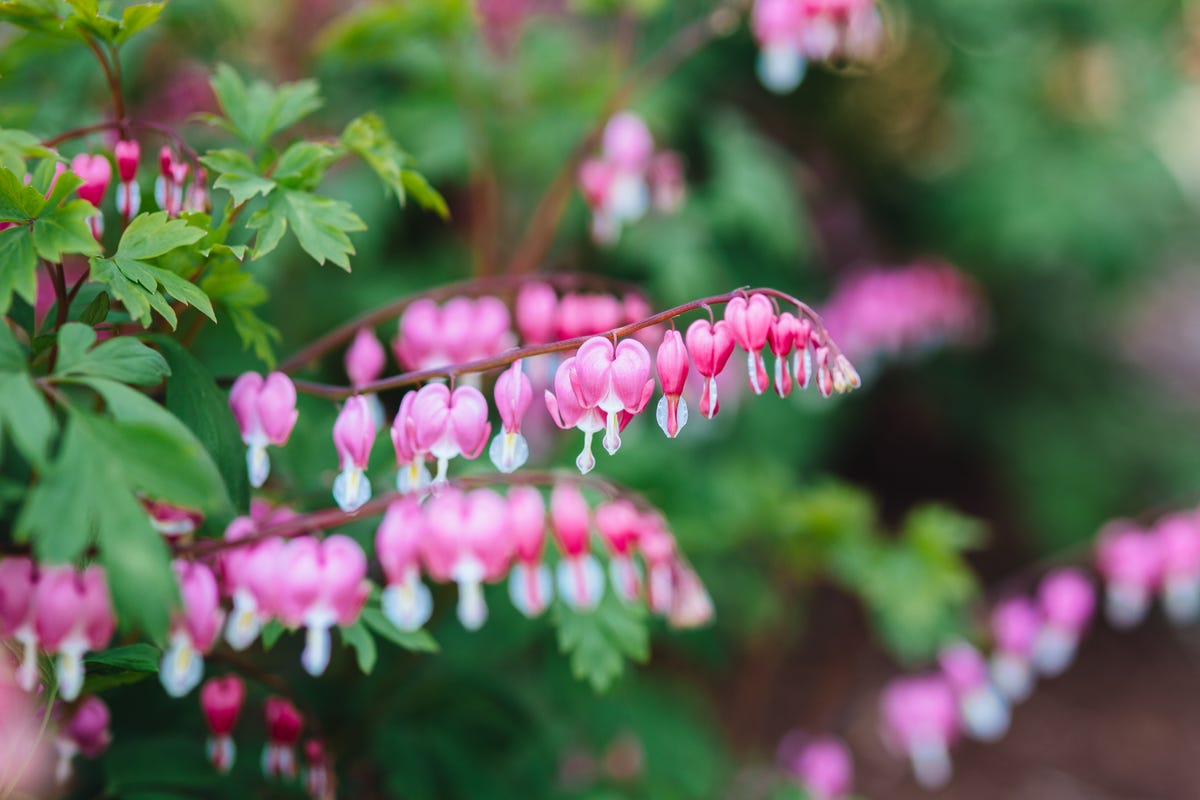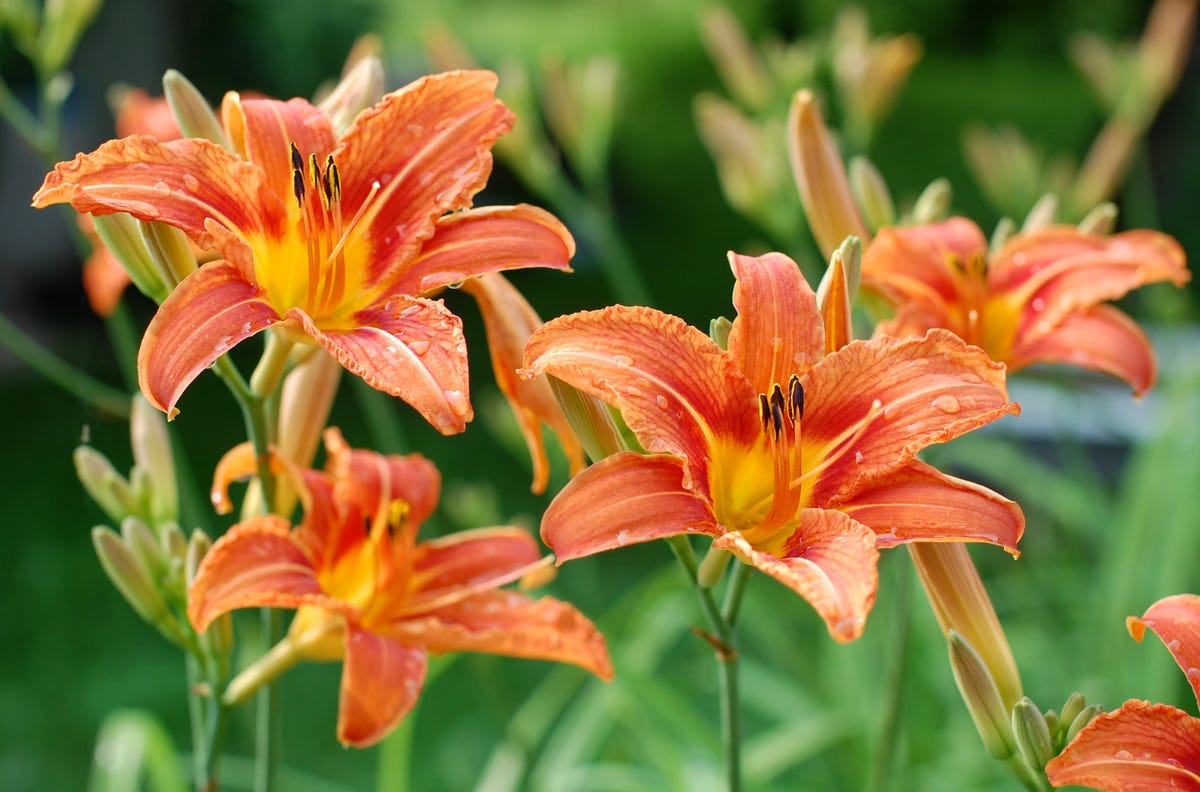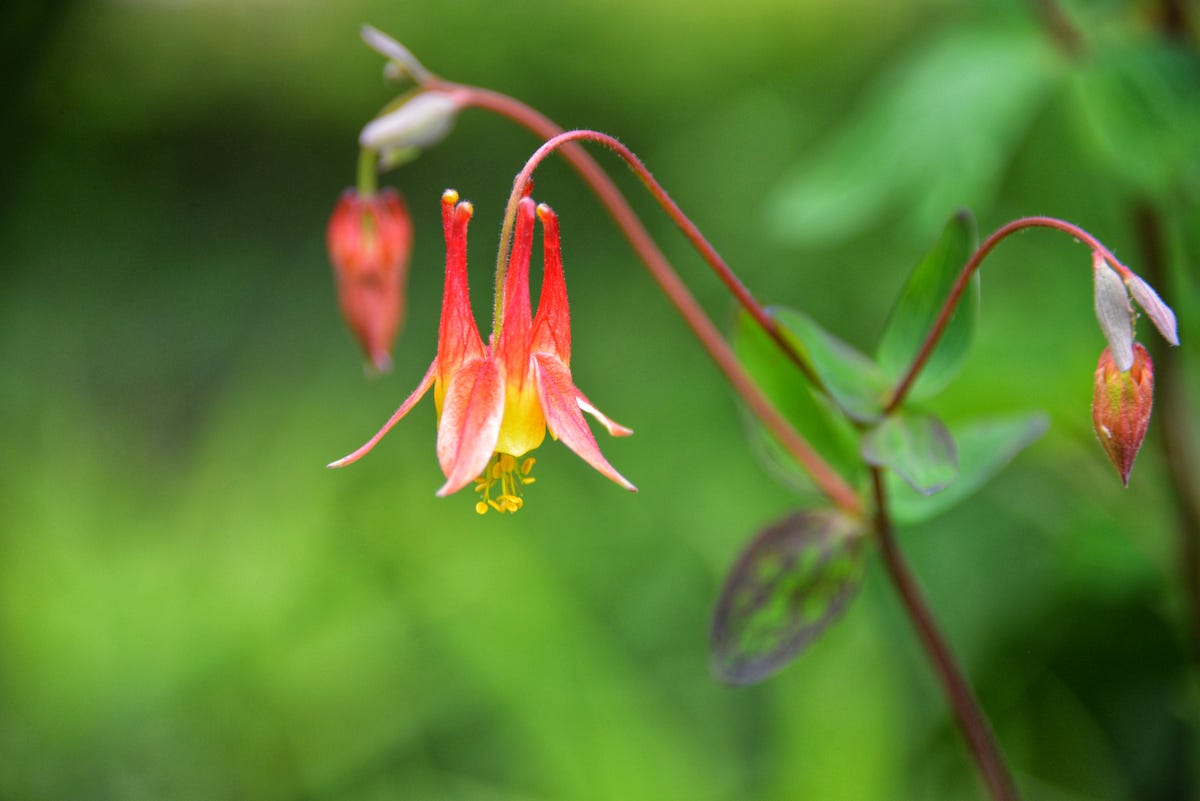This story is part of Home Tips, CNET’s collection of practical advice for getting the most out of your home, inside and out.
If you’re staring down the prospect of a few months of hard winter right now, think about how great it will feel in spring when everything wakes up and plants start putting out new growth. You can make sure you don’t miss out when the time comes by planting flowers that can survive the hardest winters.

Choosing hardy plants isn’t that difficult, but you need to know what to look for. Once you do, you’ll be able to choose from a massive group of them: from huge trees to delicate flowers to beautiful greenery to everything in between. Below, we explain the key measurement that can ensure a flower will thrive where you live and suggest some plants to start your winter-hardy garden. Before you know it, you’ll have a garden that will come back year after year.
If you’re looking for other yard and garden tips, learn how to plant a tree correctly, why you’ll save money by switching to an electric mower and what’s really up with hydrangea coloring.
How cold is your winter likely to get?
To know which plants will survive winter where you live, you’ll need to know how bad winter is likely to get. To help people determine that, the US Department of Agriculture has divided North America into distinct areas based on average minimum temperatures called USDA hardiness zones. (The tl;dr version is the lower the number, the colder it’s likely to get in that zone.) And, to make your plant shopping even easier, plants are rated for hardiness zones. A lemon tree is good for zones 8 to 11 (mostly the southern United States and parts of the west coast), a peach tree works in zones 4 through 8 (most of the continental U.S except some of the most northern and southern parts) and a Fuji apple tree is rated for zones 5 to 10. To check your location’s USDA hardiness zone, check out the detailed map.
(It pays to take a close look. When I moved just a couple of miles in Michigan, I switched to a different hardiness zone.)
The USDA zones aren’t the only factors you should consider in choosing plants, though. Local gardeners and nurseries can share firsthand knowledge of what works in your area and what’s doomed to fail. A local expert might have a better grasp on microclimates and unique gardening challenges in your area. Temperature isn’t the only factor when it comes to healthy plants: soil type, moisture and sunlight all play a role, too.
When it comes to surviving the rigors of winter, though, here are a few that will keep coming back, even after the coldest, snowiest winters.
Plants that can survive extra cold winters
Rhododendrons
Rhododendrons are a group of flowering shrubs that are known for their showy pink springtime flowers. Even after their blooms have faded for the season, they have waxy green leaves year round. Depending on the variety, rhododendrons are hardy enough to survive all the way to zone 4.
Daffodils, crocuses and tulips
These three bulbs are the essence of spring for some people. Hardy all the way to zone 3, they actually do better with cold winters. These plants need cold weather to bloom well in the spring, thanks to a chemical reaction that takes place when the soil temperature is below 55 degrees, according to the Amsterdam Tulip Museum.
Hostas
Shade-loving hostas will die back in the winter, but come back to life in the spring. Varieties are hardy all the way to zone 3.
Bleeding hearts
Bleeding hearts sound fragile, and with their rows of pink heart-shaped flowers, they look a little fragile, too. But these flowers, which also die back each winter, are hardy from zone 8 all the way to zone 2. That means you can grow them in the coldest parts of the continental US.

Bleeding hearts will die back in the fall and come back in the spring.
Insung Jeon/Getty Images
Irises
Varieties of irises — and there are a lot of them — are commonly hardy from zones 3 through 9 (though some are only safe bets to zone 4). Bearded or not, there are varieties that can likely match your winter.
Daylilies
Daylilies are often chosen for landscaping by intersections or commercial buildings because they’re tough and require little care. That’s true when it comes to surviving winter, too. Daylilies are generally hardy from zones 4 to 9, making them a good fit for a lot of places. The 35,000 varieties of daylilies will have different climate preferences, so be sure to check first.
Lilacs
Lilacs are another plant that prefers a colder winter. These shrubs are hardy from zones 3 to 7 and pack one of the most potent perfume punches of all garden plants.
Hydrangea
Hydrangeas, depending on the variety, are hardy down to zone 3. The long-blooming, perennial shrub is also a bit of a chemical chameleon. Its blooms change color based on the chemistry of the soil it’s planted in.

Daylilies are tough plants.
Evgeniya Matveeva/EyeEm/Getty Images
Sedum
For lovers of succulents, sedum is the outdoor answer to your crowded windowsills. Sedum has the fleshy leaves of succulents and, depending on the variety, delicate blooms. Some sedums are hardy to zone 3.
Blueberries
Blueberry bushes will provide a sweet summer crop of berries and nice fall colors year after year. Certain varieties are hardy to zone 3, but be sure to check. Buying from a local nursery can help ensure you get plants suitable to your area.
Plant native species to beat the winter
If you’re looking for plants that are capable of beating winter in your area, why not look to plants adapted to your specific area? Native plants have spent thousands of years thriving in their historic range. That means native species have survived each of those winters, including historically severe ones.

Native plants, like columbine, have beautiful flowers and a track record of surviving local winters.
Jill King/EyeEm/Getty Images
Native plants might be a bit harder to find than their sometimes flashier ornamental counterparts, but local conservation organizations are a good place to start. The National Audubon Society will help you find native plants with just your zip code. These selections unsurprisingly skew toward those that help birds. The National Wildlife Federation will help you find plants that help butterflies.
While native plants are often pitched as being good for wildlife, including pollinators, they can also be very pretty. Even if you just want a good looking set of flowerbeds, native plants can get you there while weathering winter after winter.
For more gardening tips, check out our picks for the best indoor smart gardens, and how to grow vegetables without a backyard.
